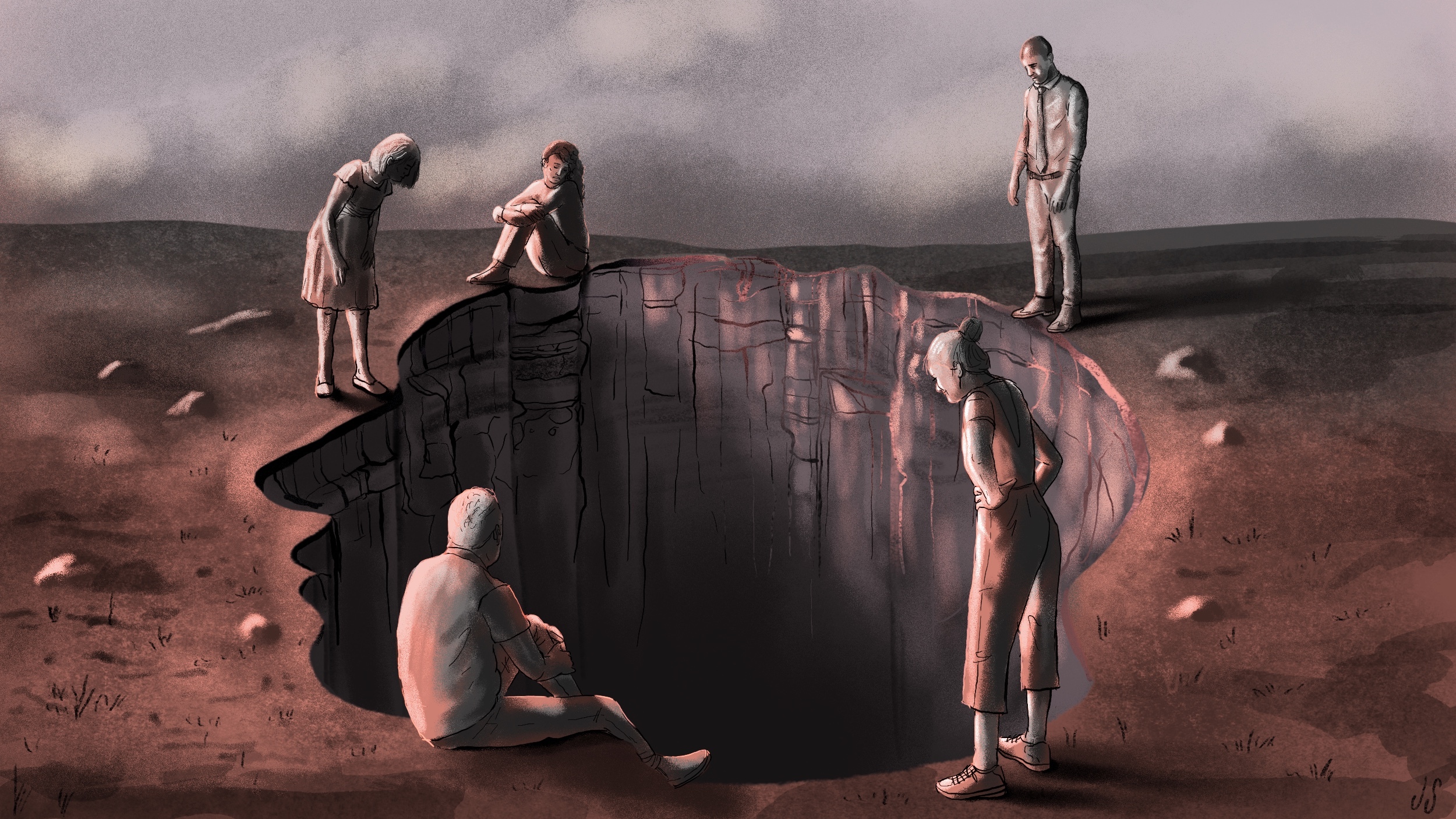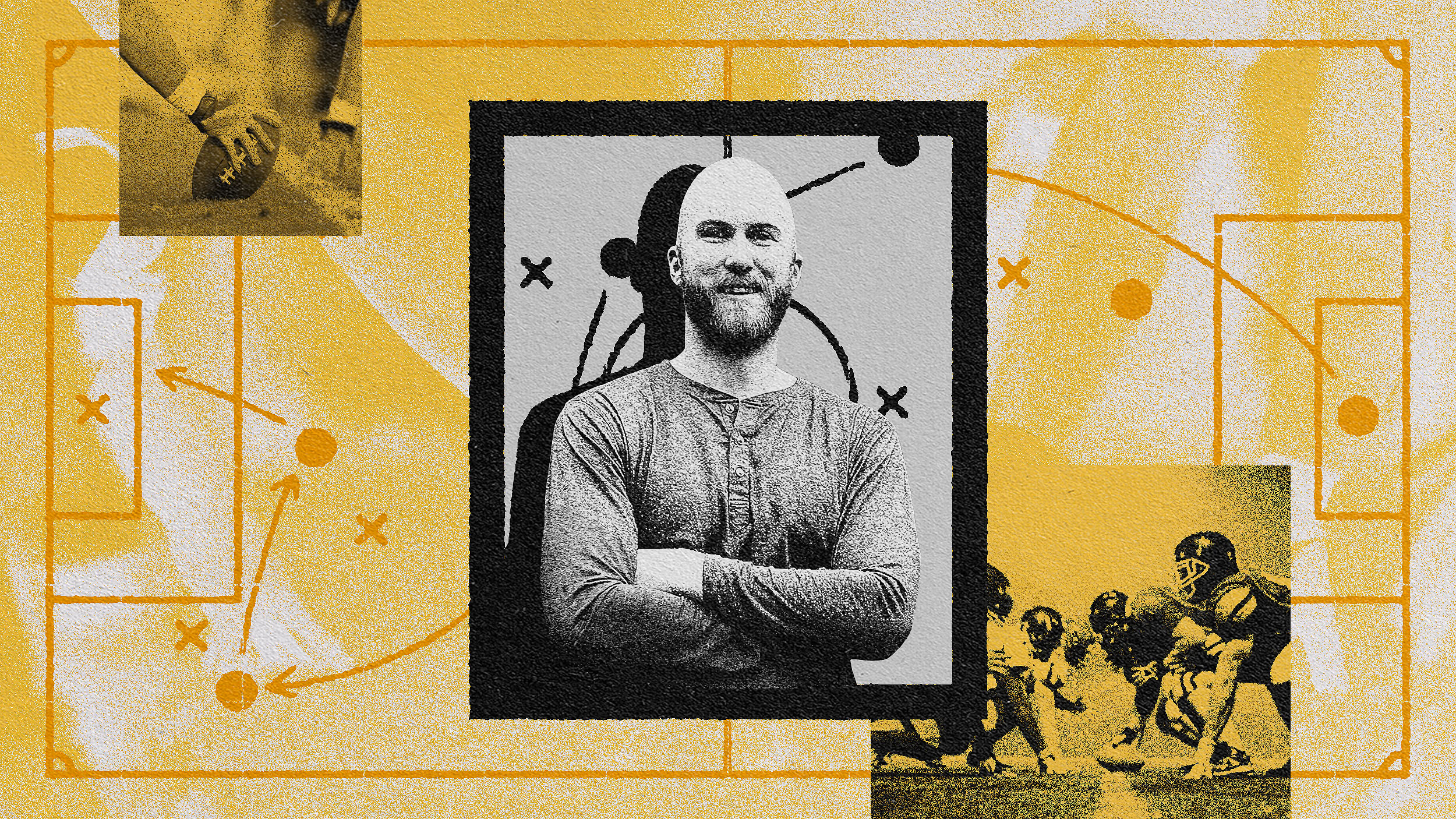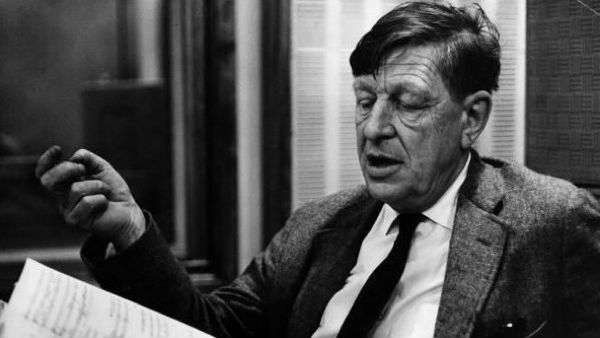The Evolving Nature of Journalism Education and Scholarship at U.S. Universities

–Guest post by Jan Lauren Boyles, American University doctoral student.
“The motion passes, 5-4.”
With that statement earlier this year, members of the University of Colorado Board of Regents voted to close its School of Journalism and Mass Communication (SJMC) in Boulder. Even though CU Chancellor Philip P. DiStefano initially cited “strategic and budgetary criteria” as the catalyst behind “program discontinuance,” further findings illustrate that the SJMC had lost its professional identity.
A task force report, compiled by members of CU-Boulder’s staff and administration, illustrates how the journalism school faculty struggled to fulfill its research mission — competing with other campus colleges and departments for resources, for scholars and — most importantly — for a unique niche in the university community. .
“From an academic viewpoint, the networked information age is almost unprecedented in the range of disciplines that are involved in studying its impacts, and well as in the needs for multidisciplinary research that it creates,” the Colorado faculty say.
Unlike other academic fields with neatly defined borders — journalism’s scope has encompassed interdisciplinary territory since its inception. Such uncertainty surrounding the discipline’s very definition and academic lineage has promulgated turf battles, much like those experienced at Colorado. Therefore, retracing the field of journalism’s higher education roots over the past century provides insight as to why departments and Schools might be threatened today.
To start, piecing together the portrait of journalism as an academic discipline is arduous. The University of Pennsylvania’s Barbie Zelizer, a former journalist, contends that the field settled for collective memory — often the reconstruction of events by those who wish to preserve them — rather than true history. In this sense, collective memory – a sociological framework first articulated by Maurice Halbwachs – emerges when communities wish to restructure “tales of the past” to fit a present-day agenda.
Nevertheless, most researchers agree that the American brand of scholarly inquiry about journalism has itself always been a bit of a vagabond — wandering between the domains of social science and the humanities — never quite at ease in either space. Europe, by contrast, envisaged its journalism as an empirical laboratory for theories that could impact the social, economic, political and cultural spheres. While the American model of journalism focused upon the effects of media messages upon the audience, European scholars weighed more closely the origin of those messages.
Stateside in the post-war era — just when journalism was on the market for an academic home — a paradigm shift was concurrently captivating higher education. According to historian Jesse Delia, college administrators were restructuring the organizational chart into distinct academic departments – self-governing units that had well-defined methodological and theoretical identities. Initially, journalism did not merit its own department, let alone an entire school.
Around this time, the Chicago School of Sociology took up the mantle, since the study of journalism and media organizations provided important insight into the problems of urbanization and assimilation that dominated the focus of sociology at the time. Once the Chicago movement began losing steam, sociologists from Columbia – led Paul Lazarsfeld – gained widespread prominence for their research on the diffusion of news and advertising across communities. Lazarsfeld’s model – constructing grant-funded centers within the academic administrative structure – would be replicated throughout modern research universities.
Yet despite these roots in sociology and psychology, as well as political science, journalism found its home in emerging Schools of Journalism and Communication, many of them at large research universities in the Midwest.
Breaking free from other disciplines made political sense, Delia says. University norms favored scholarly inquiry and graduate education, driven by a post-War research model that favored the quantitative social sciences.
The discipline of journalism in the U.S. tried to fit that mold — reorienting itself from a trade-based school model that focused on undergraduate education to a new emphasis on research and the training of doctoral students who would go on to teach at other schools of journalism and communication. Consequently, there was a strong focus on experimental and survey research that examined the effects of journalism and media. More qualitative and observational analysis focused on the sociology of news work – how journalistic decisions were made and the factors that shaped trends in news coverage – became much less prevalent and remains so today.
Today, journalism is encountering another challenge to its very essence — this time beyond the ivory tower. As the writers of the CU task force report write, “How should we prepare our students for careers that do not yet exist?” With the rise of citizen reporters, blogging and pro-am newsroom collaborations, for instance, the very definition of a journalist itself is contested.
As a result, journalism school faculty must fight two blazing conflagrations: one internal — protecting resources from other disciplines; and one external — claiming relevance in a dynamic media landscape.
And it’s not just the faculty at Colorado. Poll any journalism professor, and you’ll likely hear the same battle cry. Yet no one agrees on how to define the field moving forward.
Later this month, CU’s fractured journalism faculty will meet to consider whether a new academic college aligning journalism with communication studies and information technology would best serve its constituency of students.
And so the field continues to evolve.
–Guest post by Jan Lauren Boyles, a doctoral student at American University’s School of Communication. She currently serves as project manager at AU’s Center for Social Media. Before joining American, Boyles served for five years as a faculty member and Director of Advising at West Virginia University’s P.I. Reed School of Journalism. She is also a former newspaper reporter for the Charleston Daily Mail.
Read other posts by AU doctoral students and find out more about the doctoral program in Communication at American University.
Citations:
Delia J.G. (1987). Communication research: A history. In C.R. Berger and S.H. Chaffee (Eds.), Handbook of communication science (pp. 20-98). Newbury Park, CA: Sage.
Zelizer, B. (2011). Journalism in the Service of Communication. Journal of Communication, 61(1), 1-21. [Abstract]
See Also:
Join Doctoral Students In Examining the Intersections Among Media, Technology and Democracy
Internet Politics Scholars Join School of Communication at American University





